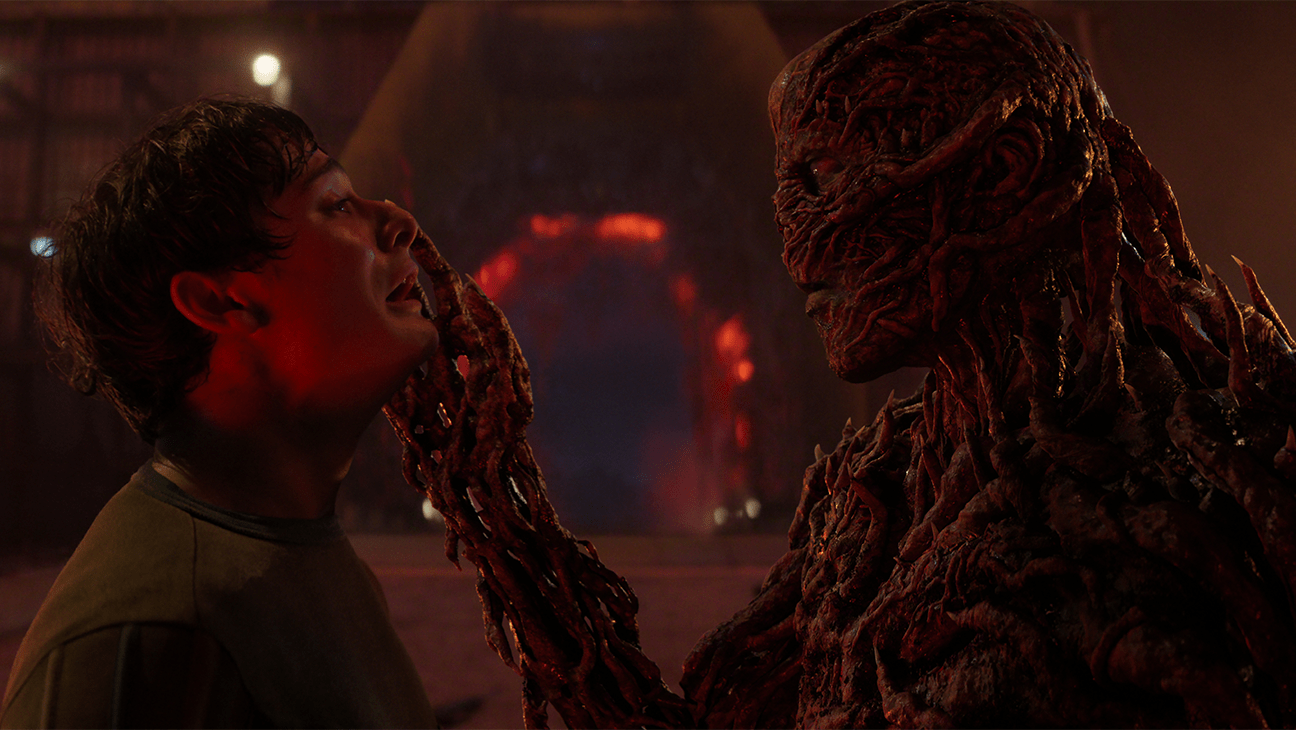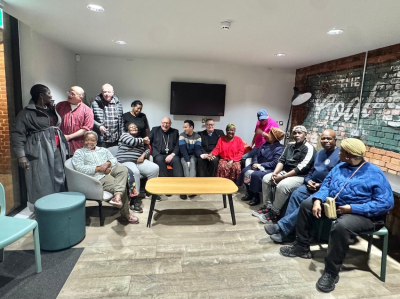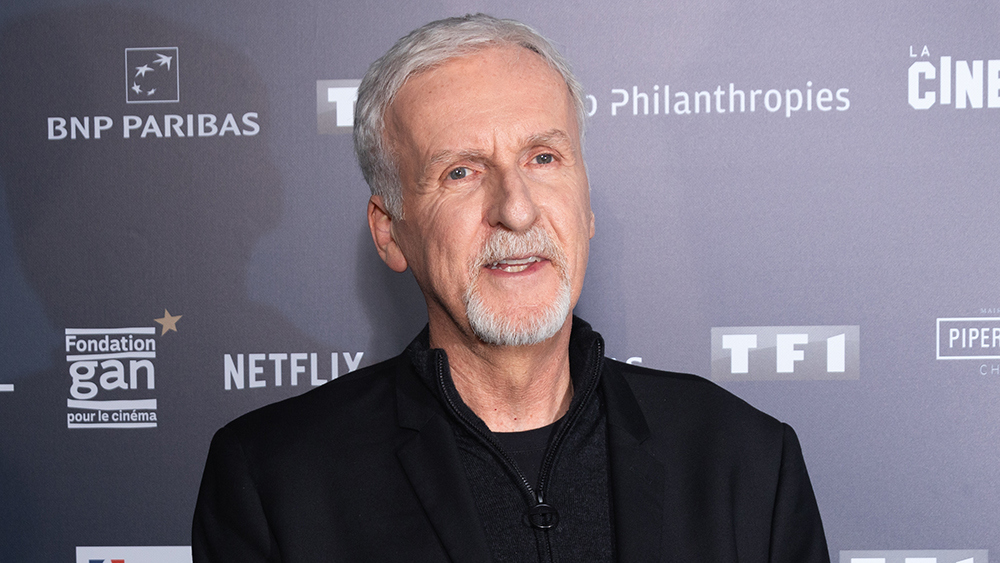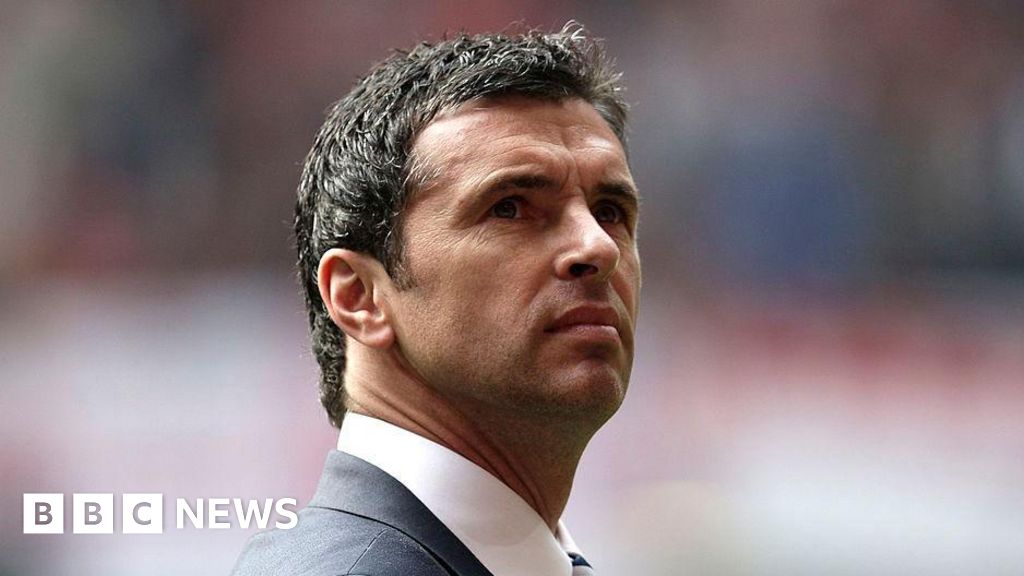Black Coffee and Ice Water
Audible
Comedian Patton Oswalt recorded a new standup special Black Coffee and Ice Water on July 11 and 12th 2025 at Audible’s Minetta Lane Theater in New York City and it has just been released as an Audible Original,…

Black Coffee and Ice Water
Audible
Comedian Patton Oswalt recorded a new standup special Black Coffee and Ice Water on July 11 and 12th 2025 at Audible’s Minetta Lane Theater in New York City and it has just been released as an Audible Original,…

[This story contains major spoilers through Volume 1 of Stranger Things season five.]
Call him Lord Vecna. Call him Number One. Call him by his birth name, Henry Creel. Now, you can add one more moniker to the ever-growing list of names…

Google has introduced a new accelerator for LiteRT, called Qualcomm AI Engine Direct (QNN), to enhance on-device AI performance on Qualcomm-powered Android devices equipped with Snapdragon 8 SoCs. The accelerator delivers significant…

Max Verstappen and Red Bull came out on top in a battle of strategies in the Qatar Grand Prix, giving the reigning World Champion the boost he needed to remain in the fight for the Drivers’ Championship title.
After he passed standings leader

Sabrina Carpenter surely made countless memories on her Short n’ Sweet tour but not all of them were as sweet as the tour’s name.
After her 72-show…

Archbishop John Wilson and Fr Phil Andrews. with POSITIVE FAITH members
Catholics for AIDS Prevention & Support (CAPS) welcomed the Archbishop of Southwark Most Rev. John Wilson to the monthly POSITIVE FAITH HIV peer-support meeting for people…

Cyber Monday deals have come for VR headsets, and you can pick up our favorite budget set for less than usual. Meta’s entry-level Quest 3S is 17 percent off and down to $250 for the 128GB version right now. Its normal price is $300, and with this…

Mikaela Shiffrin wowed her home crowd as she continued her unbeaten start to the slalom season with a record-extending 104th World Cup win.
The American superstar triumphed in the opening slalom rounds of FIS Alpine Ski World Cup 2025/26 in Levi…

Safe to say James Cameron will never cast Tilly Norwood in a movie.
During a recent interview with CBS’ Sunday Morning, the director of “The Terminator” explained that even before the invention of generative AI, some Hollywood…

 Getty Images
Getty ImagesThe mother of former footballer Gary Speed has unveiled a “talking bench” in his memory at Everton’s new stadium.
The club hopes the bench will give people a space to speak…